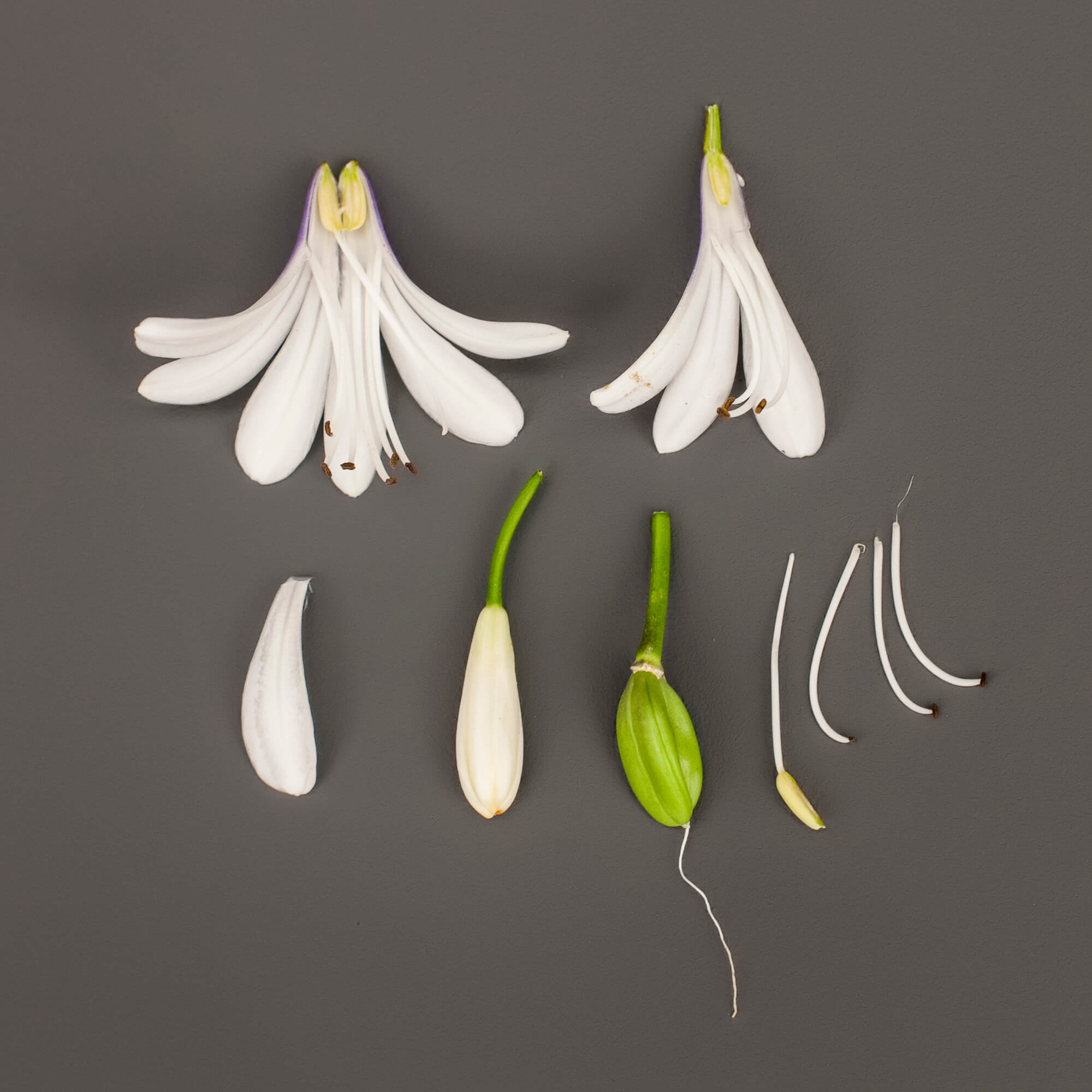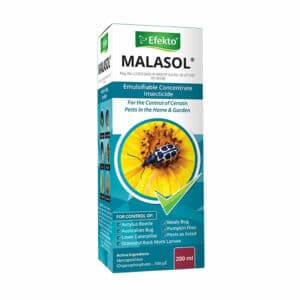Drought-tolerant vs. indigenous Plants
Indigenous and fynbos

Local may be lekker, but not all indigenous plants are good options to grow in your garden during the drought. When living in an area that’s facing a severe water shortage, it’s important to know the difference.
What are indigenous plants?
Indigenous plants are any plants that originate or occur naturally in a particular place. In South Africa, we have an abundance of stunning flora and fauna to write to our name. Indigenous plants are commonly lower maintenance than exotic varieties, as they feel comfortable in their natural environment without any overly fussy care needed. Other advantages include that they:
- Eventually maintain themselves in poor soils
- Require less or little water
- Are evergreen
- Attract indigenous birds and wildlife
- Are often medicinal
- Create an important habitat for natural fauna
Whilst most indigenous plants naturally need less water, their native habitat is directly affected by the drought, meaning conditions are drier than even indigenous varieties of plant are used to. In this case, a little extra watering is needed. When you’re on maximum water restrictions, however, this is not an option.
What are drought-tolerant plants? Drought-tolerant plants don’t need much water, and can actually thrive in low- or no-water conditions. Plants that are forgiving of drier conditions can be identified by waxy, succulent, hairy, sticky, needle-like or silver-hued characteristics. Here’s our guide to how to identify water-wise plants.
Opt for any of these great drought-resistant plant varieties, that also happen to be indigenous, for a proudly local and water-saving garden:
- Agapanthus
- Crane’s Bill (Geranium sanguineum)
- Weeping love grass (Eragrostis curvula)
- Dune crow berry (Searsia crenata)
- Grey aloe (Aloe chabaudii)
- Pencil bush (Euphorbia tirucalli)
- Thatching reed (Eligia tectorum)
- Silver Arctotis (Arctotis stoechadifolia)
- Bush violet (Barleria obtusa)
- Brakvygie (Aptenia cordifolia)
- Wild dagga (Leonotis leonurus)
- Red flames (Crassula capitella)
- Cancer bush (Sutherlandia frutescens)
- Plumbago auricuata
- Cape Honeysuckle (Tecoma capensis)
- Ivy-leaved pelargonium (Pelargonium peltatum)
- Butterfly bush (Polygala fruiticosa)
- Gazania rigens
You might also like
Shop online
-
- Sale!
YORKSHIRE ADULT 1.5KG
- Original price was: R321.99.R289.99Current price is: R289.99.
- Add to cart Learn More
-
MALASOL 100ML OR 200ML
- R114.99 – R159.99
- Select options This product has multiple variants. The options may be chosen on the product page Learn More




